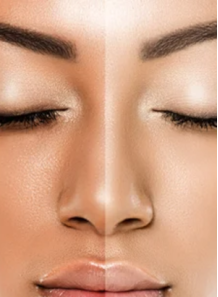GentiWhite™ (Methyl Gentisate)
Cosmetics
Code: 32762
From research it was found that Methyl Gentisate is a pro-drug of hydroquinone (a precursor to hydroquinone). hydroquinone) is therefore effective for excellent skin whitening But there are no side effects like hydroquinone, so it is very safe.
Cart
No products
Subtotal:
0.00
Total
0.00
THB



